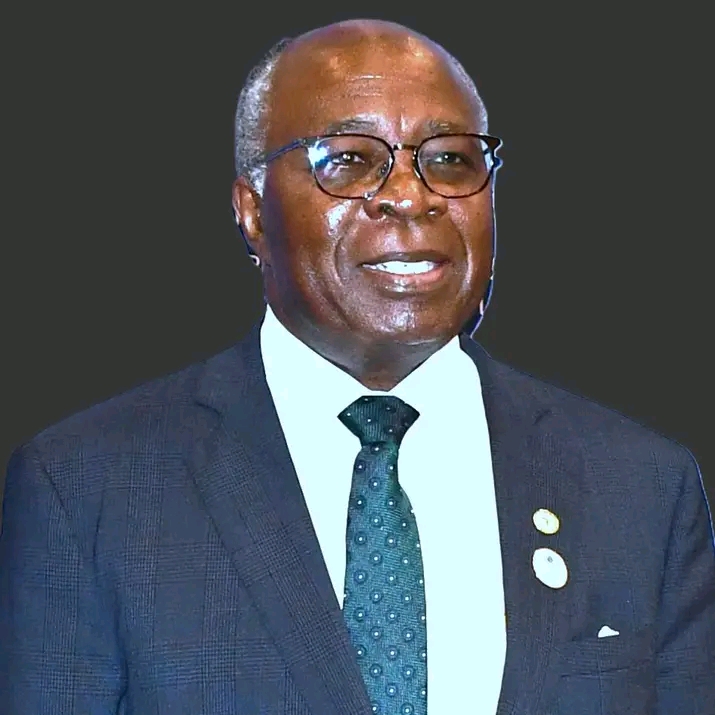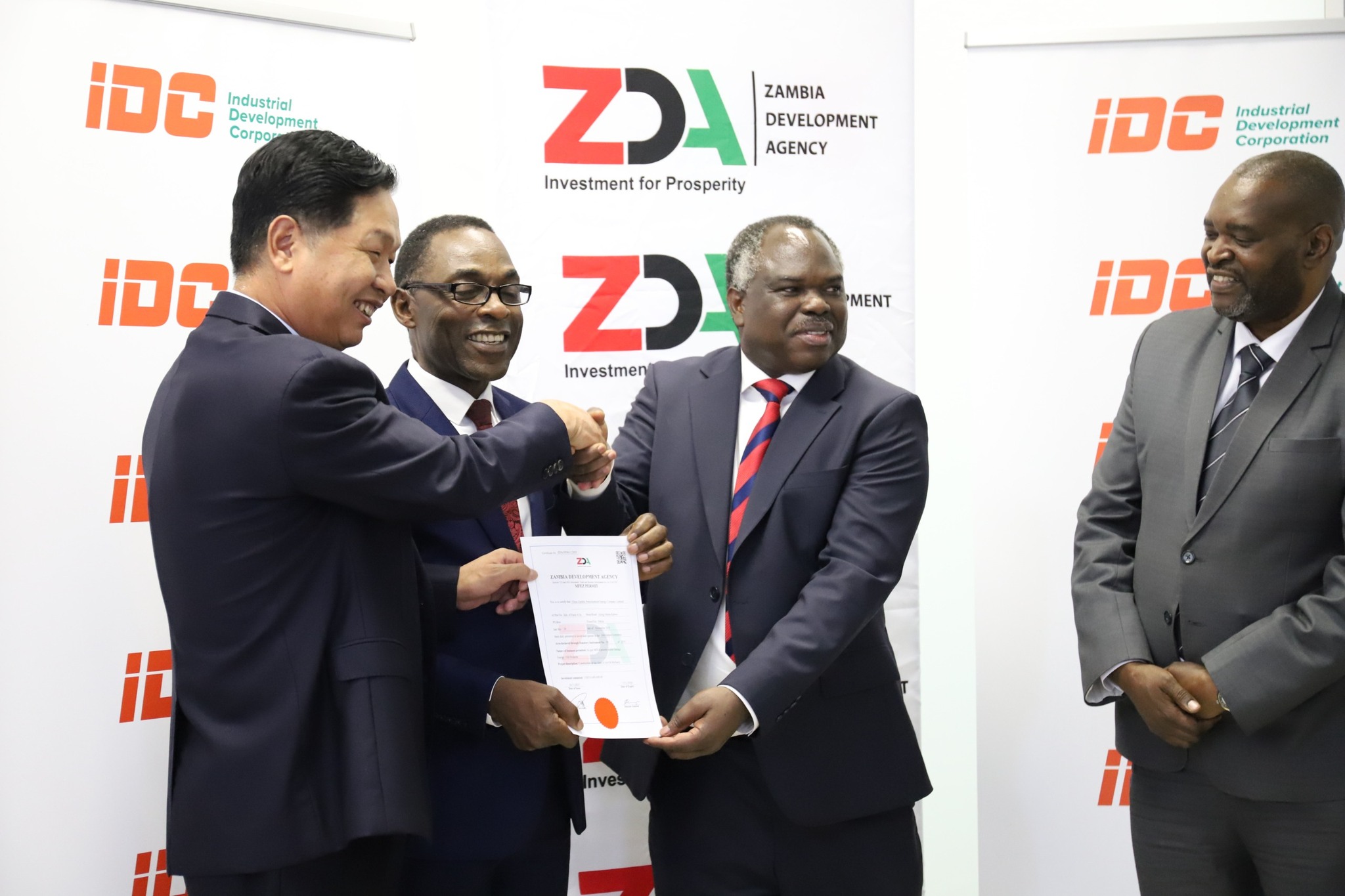By John Chola
In a move being closely watched by financial capitals from London to Beijing, Zambia has officially turned the page on years of economic distress.
The Ministry of Finance and National Planning has announced the successful completion of its debt restructuring agreement with its official creditors, a monumental deal that not only rescues the nation’s balance sheet but also lights a beacon of hope for other debt-laden economies across the developing world.
A Sigh of Relief Heard Around the World
The agreement, shepherded by the Official Creditor Committee (OCC) co-chaired by China and France, is more than just a balance sheet transaction; it is a profound sigh of relief for a nation that has been laboring under the weight of unsustainable debt.
For the Zambian civil servant, the nurse, and the small business owner, this breakthrough translates into a tangible hope: that government coffers, once drained by servicing old loans, can now be refocused on reviving public services and fueling local enterprise.
It’s the first crucial step in a long journey from fiscal survival to economic thriving.
The Architecture of a Fresh Start
So, what does this “debt treatment” actually mean for Zambia’s future?
The Ministry outlines a comprehensive package designed for stability and growth.
It provides immediate cash-flow relief through a lengthy repayment suspension until 2033, a critical breathing space that allows the economy to find its footing.
Furthermore, the extension of loan maturities and a significant reduction in interest rates are not just technical terms—they are the tools that will chisel away at the mountain of debt, making it manageable and freeing up billions of Kwacha for domestic investment.
A Testament to Tenacity and Collaboration
The path to this agreement was neither quick nor easy.
Zambia’s journey, which began with a debt default in 2020, has been a grueling test of diplomatic patience and economic resolve.
The successful conclusion stands as a powerful testament to the collaborative spirit of the G20 Common Framework—a mechanism often criticized for its slow pace.
By securing consensus from a diverse group of international creditors, Zambia has not only helped itself but has also provided a viable blueprint for other nations, like Ghana and Sri Lanka, navigating similar turbulent financial waters.
A Bridge to a Future Built at Home
With the official creditor deal sealed, the government’s focus is now laser-like on the horizon.
This agreement acts as a key that unlocks the next phase of recovery: reaching a parallel deal with private bondholders.
Achieving this will be the final piece of the puzzle, fully restoring international investor confidence and reopening access to global capital markets.
The ultimate prize, as envisioned by the Ministry, is a Zambia where national revenue is invested in the fertile ground of its own potential—in agriculture, mining, and infrastructure—rather than being shipped abroad to service past obligations.
For Zambia, this is more than a financial restructuring; it is a national rebirth.
The message from Lusaka is clear: the storm of debt is receding, and the hard, hopeful work of building a self-reliant and prosperous future has truly begun.








Leave a Reply